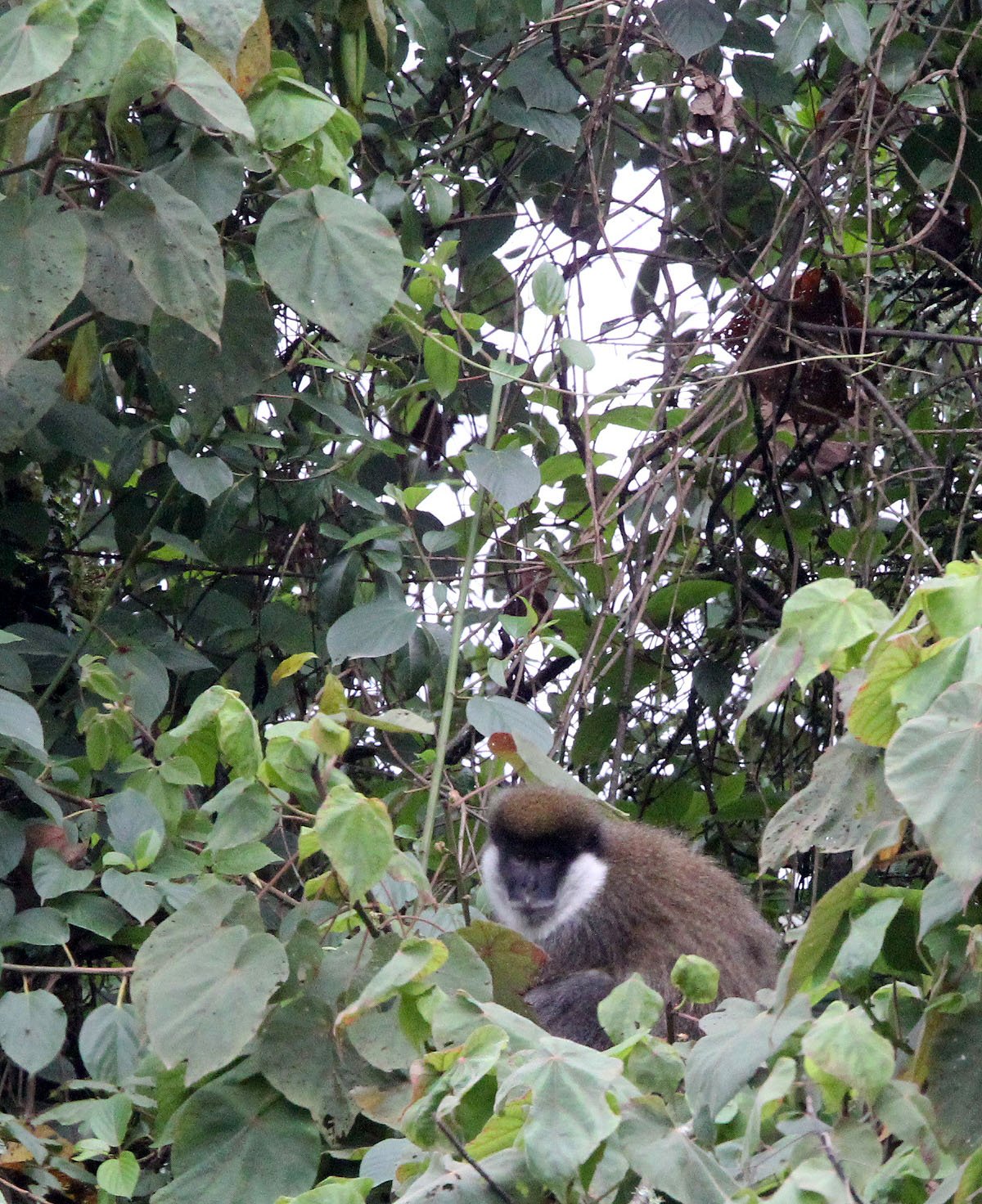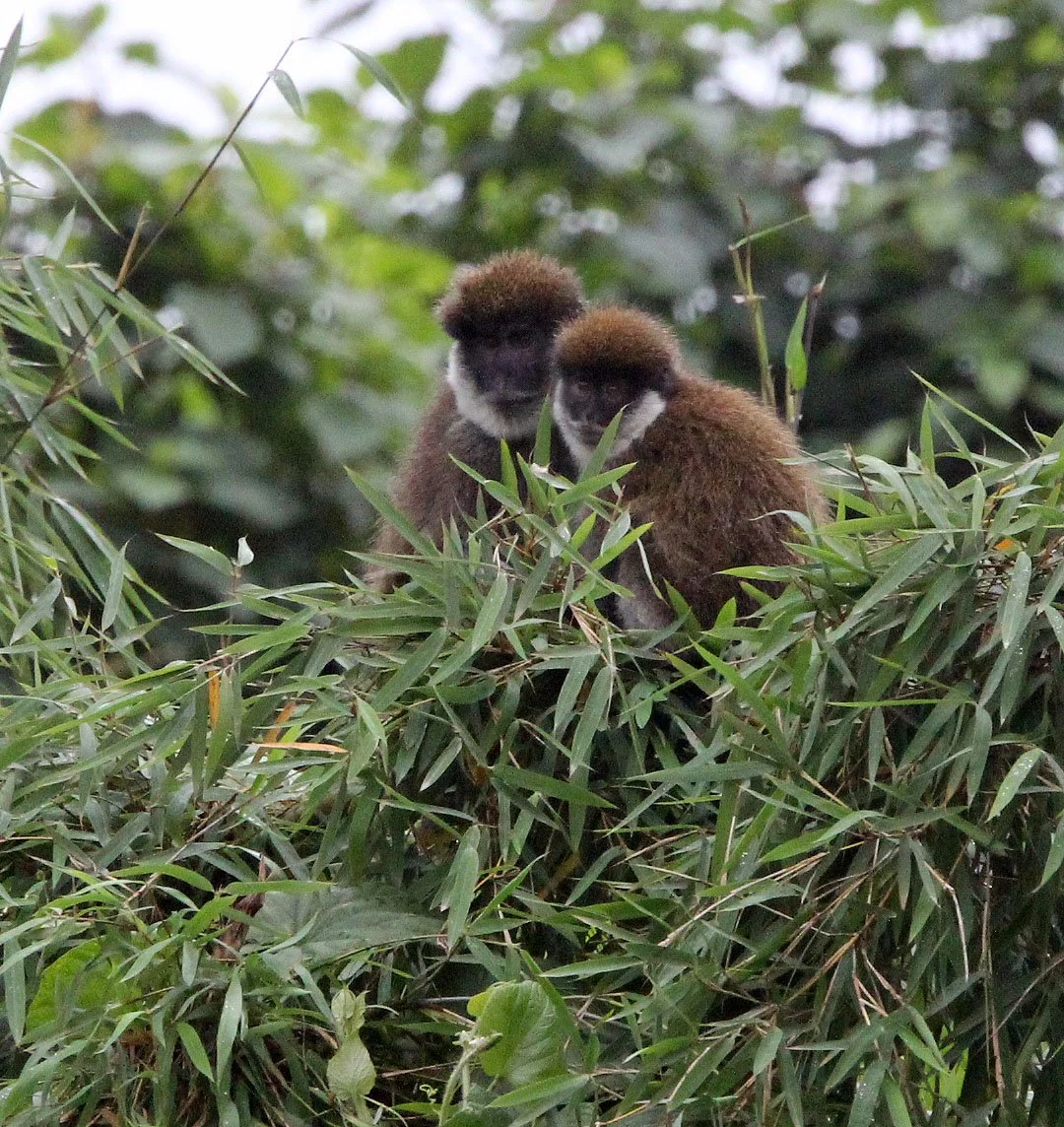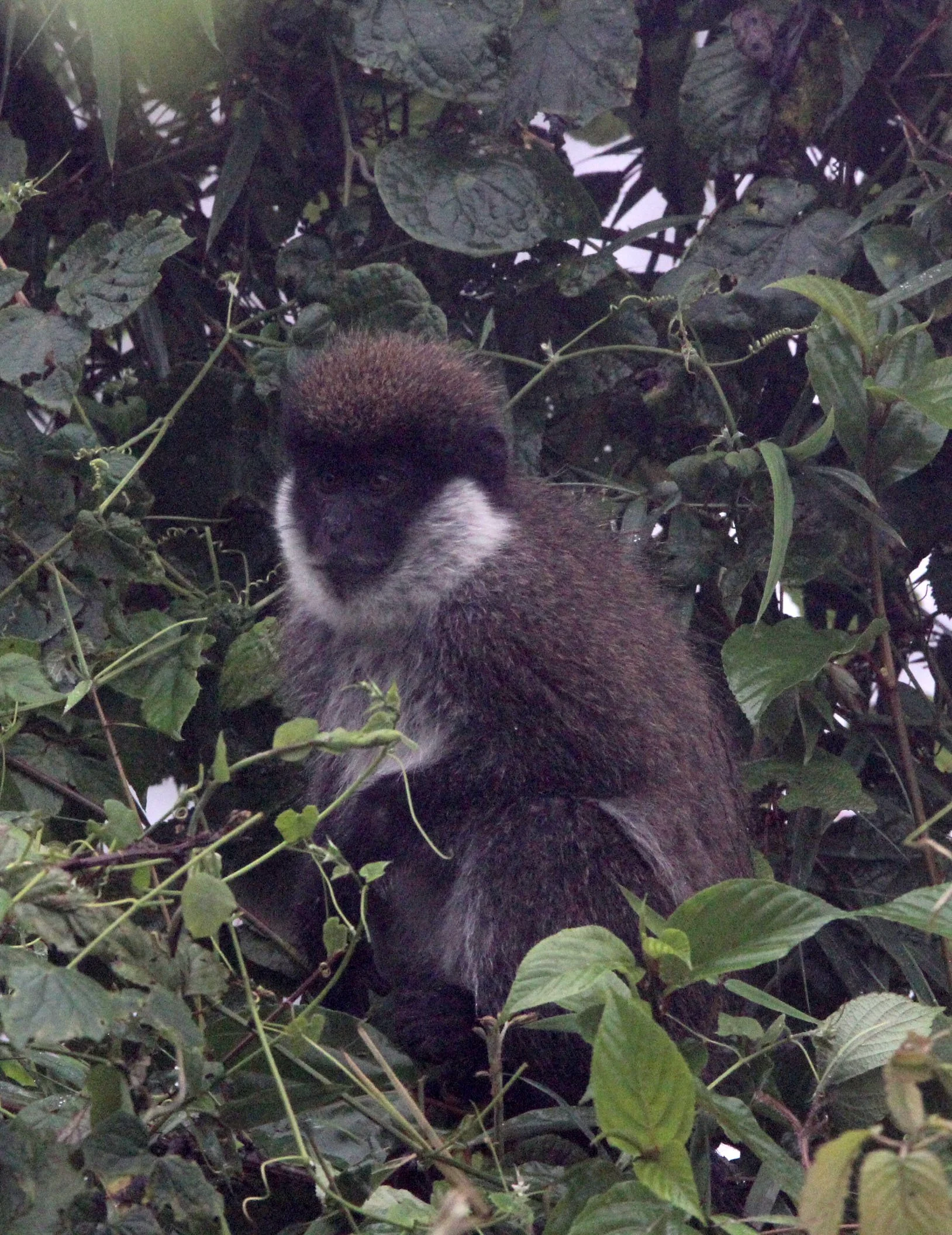The Bale Mountains vervet (Chlorocebus djamdjamensis) is a terrestrial Old World monkey endemic to Ethiopia, found in the bamboo forests of the Bale Mountains. All species in Chlorocebus were formerly in the genus Cercopithecus. The Bale Mountains vervet is one of the least-known primates in Africa. They avoid tree-dominated and bushland areas as their habitat. These monkeys mainly reside in the bamboo forest (Odubullu Forest) of the Bale Mountains due their dietary specialization on bamboo, but other factors, such as climate, forest history, soil quality, and disease, are likely to play a role in their choice to inhabit this area. The Bale Mountains vervet have a very quiet behavior and tend to flee when encountering a human being. It is also known as the Bale monkey.
The Bale monkey is a member of genus Chlorocebus, along with five sister species. All members of Chlorocebus were formerly considered to be part of Cercopithecus; the Bale monkey was formerly known as Cercopithecus djamdjamensis. It was originally described as a subspecies of the grivet (Chlorocebus aethiops).
A 2018 study found that the populations of Bale monkey living in fragmented forests were genetically distinct from populations in continuous forests. This is due to the fragmented forest populations' hybridization with the grivet (Chlorocebus aethiops) and the vervet monkey (Chlorocebus pygerythrus). The Bale monkey does not currently co-occur with either of these monkeys in the wild and so it is proposed that this hybridization occurred over a century ago.

































































































